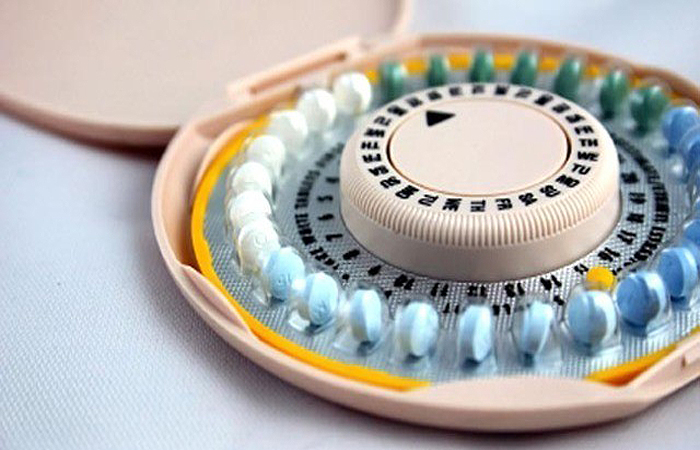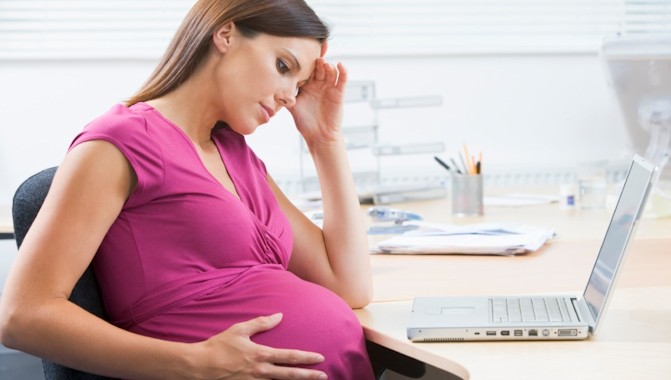A falling fertility rate has pundits asking why fewer babies are being born in the United States, but the answers are not as simple as some would make them out to be. The latest figures from the Centers for Disease Control (CDC) show the lowest birth rate in decades, noting it “is the lowest it’s been in 30 years and is below the ‘replacement’ rate needed to sustain the population.” The New York Times adds that “demographers are trying to figure out what is driving it,” adding:
Rates tend to drop during difficult economic times as people put off having babies, and then rise once the economy rebounds. But the rate has not recovered since the Great Recession. A brief uptick in 2014 did not last. The number of births has also declined, and last year was its lowest level since 1987. The fertility rate is the number of births per 1,000 women ages 15 to 44.
Every year I look at data and expect it will be the year that birthrates start to tick up, and every year we hit another all-time low,” said Kenneth M. Johnson, a demographer at the University of New Hampshire. “It’s one of the big demographic mysteries of recent times.”
But the fact is, the birth rate is declining dramatically, and the causes appear to be numerous. A look at the current culture as it pertains to women having babies shows that there is not a clear cut answer, but a few factors may be contributing to the declining birth rate:
1. Birth control

A story from the Huffington Post asserts that women are “punished” for being pregnant. It tells the story of 27-year-old Katia Hills, who is currently suing AT&T for discrimination she says she faced for being pregnant, ultimately costing her job. Hills says under AT&T’s point system, she raked in points for pregnancy related issues, such as morning sickness, while her coworkers who were late for work or had other comparable point-altering issues did not accumulate points. Hills and a coworker filed their lawsuit in federal court in late May. The story explains how women view pregnancy as something for which to be punished:
For low-income women, motherhood can throw you into poverty. For higher-earners, pregnancy knocks you off track for promotions and pay raises.
“To the extent that some women would want to be mothers if it was financially viable, but don’t want to risk good careers or poverty, that’s not a free choice,” said Elizabeth Oltmans Ananat, an associate professor in the Sanford School of Public Policy at Duke. “Women are painted into a corner.”
Ananat also points to rising levels of student loan debt, a weakened social safety net, a historically low minimum wage and a declining number of good jobs for less-educated women and men. Combine that with a lack of paid leave and “rampant discrimination” against mothers, and women like Hills are starting to think they can’t afford a baby.
“We’ve done better at getting these women access to contraception,” she said. “But we haven’t made it financially viable to have children.”
Of course, contraception has been the rallying cry for women since the Affordable Care Act passed. Planned Parenthood insists that women must have access to contraception with no copay — despite the fact that virtually all medicines have co-pays, even under the best insurance plans. This plan has been praised by the pro-choice contingent nationwide, without thought to consequences. A study published in February — funded in part by Planned Parenthood — served as a congratulatory bid to local family planning partners in Utah and showed that women who don’t have to pay for birth control are more likely to use it. The study authors conclude:
These data provide an example of the critical role that Planned Parenthood plays as a Title X health center in expanding access to a broad range of contraceptive methods and integrating best practices in a state with limited publicly funded support.
In the acknowledgement section, they add gratitude to “the incredible clinical and research partnership of the Planned Parenthood Association of Utah; and work of our colleagues who generously provided advice on the basis of their previous successful execution of large-scale reproductive health interventions.”
Brides Magazine says that since women have access to birth control and not being forced into an unplanned pregnancy, the government should not hinder this:
That’s why it’s so infuriating that the federal government is trying to limit access to contraception. Last month, several organizations sued the current administration for undermining programs designed to help low-income patients with their family planning needs.
Of course, the government never reduced any access to birth control, nor has it been threatened at all. Despite the fact that hormonal birth control can also act as an abortifacient, the only threat to it has been that Americans don’t want to have to pay for someone else’s birth control, especially when it violates their own consciences and freedom of religion. But the pro-free-birth-control-without-exception lobby was loud — so loud, some think it accounts for the decline in birth rate.
2. Cost of childbirth

One opinion of the birth rate decline is the financial aspect. A Tampa Bay Times opinion column says the declining birth rate is a warning to the nation. While half of the warning is related to a crticism of current immigration policices, asserting that the only reason the United States is not in immediate danger of a population decline, as seen in other nations, is because of immigrants. But the other part of the reasoning is a standalone and common criticism: The cost of childbirth. The story says:
On the home front, families need more help coping with the costs of having kids. Medical bills from childbirth can now run thousands of dollars — in Florida, the average is $7,800 — and too many women have no paid leave from work after having a baby. High medical bills plus two or three months with no paycheck are daunting prospects for middle-class families. Then comes the cost of day care. For many families it’s their biggest monthly expense after housing. Parents in Florida spend, on average, 16 percent of their income on child care. The U.S. Department of Agriculture in 2015 pegged the total cost of raising a child from birth through age 17 at a staggering $233,610.
The new tax reform law does little to ease that burden. The child care tax credit doubled to $2,000 per child. But the law eliminated the exemption for dependent children in favor of a higher standard deduction, which may or may not make up for the loss of the $4,050 per-child exemption. The law also did not raise the limit on how much families can put aside in pre-tax money to pay for child care. Congress missed an important opportunity to help millions of families make ends meet.
The Huffington Post story corroborates these concerns, noting:
A shocking 88 percent of workers get no paid leave in the United States, according to the Labor Department. About 1 in 4 mothers go back to work less than two weeks after giving birth, according to a 2015 report. This often leads to devastating health outcomes for parents and babies.
3. Lack of employer support for women who become mothers

Some blame the lack of support for women — even those who do have leave — for having babies at younger ages. Like Hills, who says she was fired for it, the Huffington Post reports that those who are educated and have advancing careers delay childbirth to save their career goals:
Higher-educated professionals also fear motherhood, and not without reason: Women who become mothers are often viewed as less invested in work, even if there’s no indication that’s true.
Women who worked at law firm Morrison Foerster sued the firm this year for putting them on the “mommy track,” a road that leads to lower salaries, less prestigious work and fewer promotions.
The suit alleges that when the women became mothers, the firm pressured them to work longer hours but also denied them assignments “because of stereotype-driven perceptions that they lack commitment to their jobs.”
This is an idea that seems to hold true for female attorneys, the story notes:
The percentage of lawyers delaying childbirth is higher in states with fewer work-family benefits and higher reported levels of sexism, Rim said.
The study also found that mothers who did get promoted to lucrative partner positions were often far more qualified for them than their male peers ― indicating that mothers face a higher “promotion threshold,” Rim said. If you have a child, you must work even harder to overcome the stereotype that you’re not devoted to your work.
There is, however, one demographic that saw a rise in birth rates: women between the ages of 35-44. This is telling data, as it gives some potential credence to the financial and sexism debates about childbearing.
The actual cause for the dramatic decline in the U.S. birth rate cannot be extrapolated by the data alone, but it is fair to say that the United States may be in danger of not meeting its “replacement rate,” which would not only hurt the population, but the economy, an issue on the forefront of many American minds.
Planned Parenthood insists that women should not have to give birth until they have fulfilled other life goals. That narrative has twisted the maternal instinct into something to be denied. It has helped to feed the fears women have, rather than, perhaps, using its agency to provide services for new mothers instead of abortions to help them avoid motherhood. But American leave policies and social pressures certainly play a role as well. A progressive nation should not be one in which 88 percent of its workforce has no paid leave.
Clearly there is work to be done on all fronts, but a declining birth rate is not a cause for celebration, no matter which reason people attribute for it.







